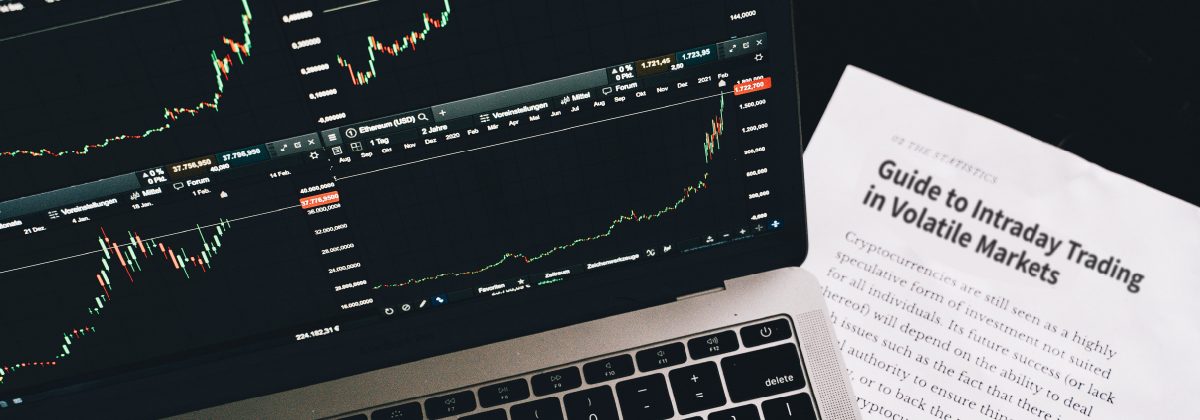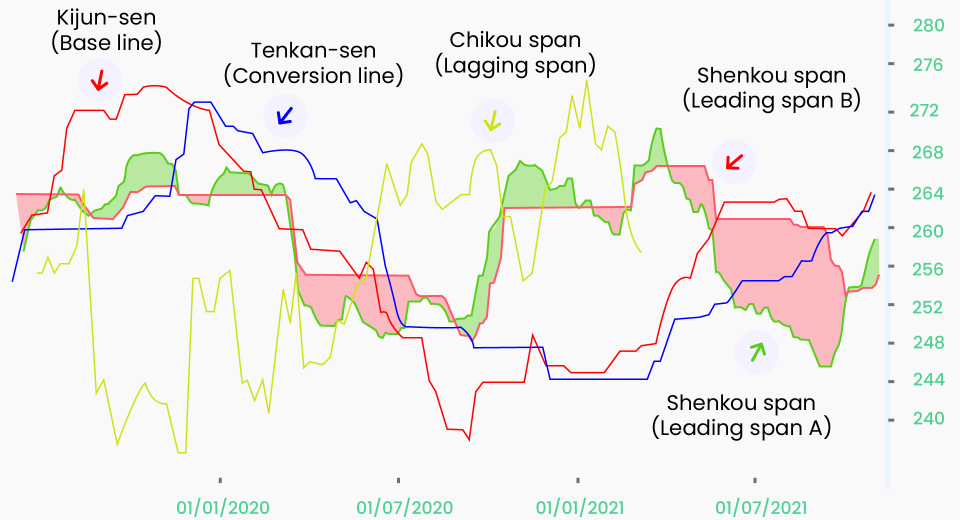Guide to Intraday Trading in Volatile Markets

It is easy to get overwhelmed when markets are highly volatile. However, volatility presents some attractive trading opportunities if you can tap into your quick decision-making skills. Intraday trading allows you to enjoy numerous opportunities by taking multiple positions during a trading day. Here’s a quick guide to intraday trading.
Choosing the Assets to Trade
An intraday trader does not need to consider the long-term potential or value of the instruments, as the idea is not to hold them for more than a day. There are two important factors to consider, as these impact intraday market behaviour.
- Liquidity: It’s a good idea to select assets with high liquidity, as this means that positions can be entered and exited instantly, at the desired price. With assets that have low liquidity, you may experience slippage. This could completely wipe out your profits, as intraday trading involves making small profits on multiple trades.
- Trading Volume: High trading volumes indicate strong market sentiment towards an asset. This increases the efficacy of your technical analysis, allowing you to identify entry and exit points more accurately.
Did you know? While forex is the most liquid market, not all currency pairs enjoy high liquidity. The US dollar is the most liquid currency (comprising 90% of the total transaction volume) and EUR/USD is the most liquid pair (accounting for 28% of total transaction volume).
Rules Intraday Traders Swear By
Understand What Moves an Asset: Choose assets that you understand. It’s important to understand how these assets perform under different market conditions and how they would react to news updates or economic data releases.
Build Taking Profits into Your Short-Term Plan: All intraday traders focus on identifying the right entry level. It’s equally essential to determine the target price before taking a position. This ensures you do not make emotional decisions, as there is little room for error in fast-paced trading. When trading in volatile markets, profits can suddenly disappear or turn into losses. So, consider locking in gains whenever you can. You can lower the profit target for parts of your positions. Otherwise, you can sell a part of your position when your asset moves sharply in the desired direction. This way, you book profits while allowing the rest of your position to capture any further gains.
Employ Risk Management: Consider using a stop loss order that is set according to your risk-reward ratio. In intraday trading, especially in volatile markets, your trades could get stopped out. Consider using tighter trailing stops to prevent this.
Remember
A trailing stop adjusts itself to remain below the asset’s price according to the percentage you specify. However, this is only true when the asset’s price is rising. Once it begins declining, the stop price freezes at the highest level.
Size Your Positions Carefully: Large position sizes increase your risk manifold. In highly volatile markets, it’s best to commit less capital to each trade and set stop losses at prices further from the current market price than you would in quieter markets.
Avoid Moving Against the Market: When you open a position, but the market moves against it, you might wish to reconsider your analysis. The market may not conform to any rules during high volatility. It’s better to exit rather than holding on in hopes of recovering a small loss.
Did you know?
Experienced traders often wait it out in chaotic markets, which is an equally important decision as identifying when to buy or sell. An intraday trader can consider sitting tight when there is the chance of whiplash.
Popular Intraday Trading Strategies
There is no golden rule to always make profits. What you have are some of the most common strategies tried and tested by traders over the years that have yielded results.
Breakout Swing Trading Strategy: A breakout strategy involves monitoring support and resistance levels and trading the possibility of the asset breaking one of them.
Up-trend Trading: Traders open long positions at the onset of an uptrend and hold the position till the resistance level is breached. This involves recognising the potential early and identifying that the asset has enough trading volume.
Down-trend Trading: Also known as breakdown trading. When trading a downtrend, traders open short positions and take profits just before it swings below the support level.
Fadeout Swing Trading Strategy: This strategy implies trading against the trend. The idea is to identify an asset’s overbought or oversold conditions and take advantage of the market balancing as the trend reverses. This strategy requires a keen eye to recognise an impending correction in the market.
Stop and Reversal Scalp Trading Strategy: The strategy uses the parabolic SAR indicator. It involves marking dots above or under each candlestick. The dots indicate the direction in which the market is moving and a change in their position signals that a change in trend is underway. Traders open short positions when the price moves below the SAR dots and long positions when the price moves above them. A dot below the price indicates that the market is turning bullish, while one above it suggests a bearish reversal.
Gap and Go Trading Strategy: When an asset has no pre-market trading volume, it opens at a price different from the previous day. This price difference is called the ‘gap.’ When the opening price is higher than the closing price of the previous day, it is called a gap up. When the opening price is lower than the closing price, it is called a gap down. The underlying belief is that the gap will close by the end of the day, resulting in profits from the difference between the opening and closing price.
When intraday trading in a volatile market, it’s important to understand technical analysis and apply your techniques first on a demo account, gain experience and build your trading strategy. Only then, you can enter the battleground with confidence and increase the chances of taking advantage of the many opportunities presented by volatile markets.
To Sum Up
- When choosing an asset to trade in volatile markets, consider its liquidity and trading volume.
- An intraday trader makes three decisions – when to enter a trade, when to exit, and when to sit tight.
- Employ risk management by using stop loss, trailing stop loss and take profit, and opening small positions in volatile markets.
- Beginners should develop a strong intraday trading strategy and trade assets whose performance they understand.
Practice your strategy on a demo account before intraday trading in live markets.




